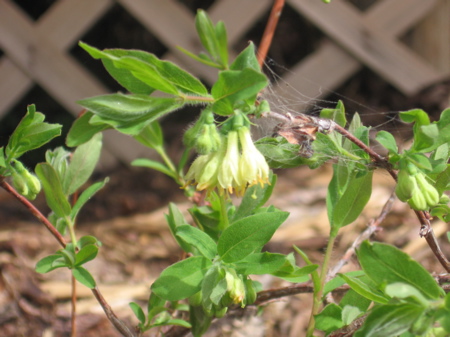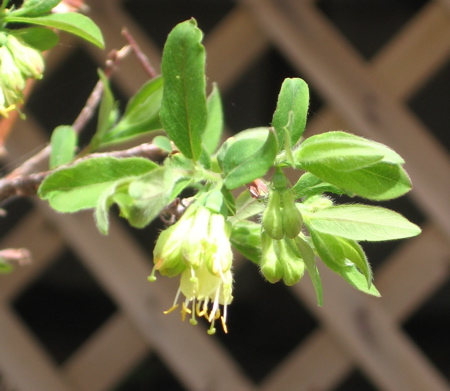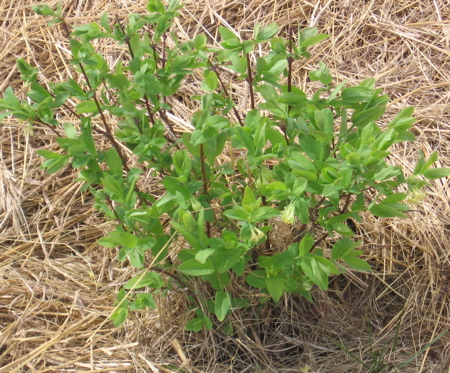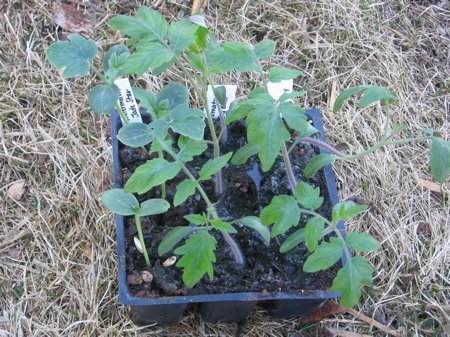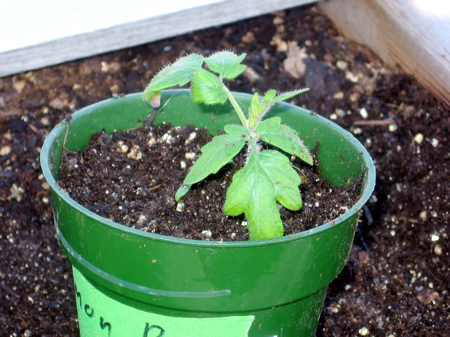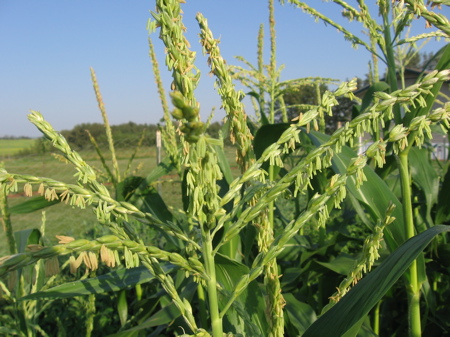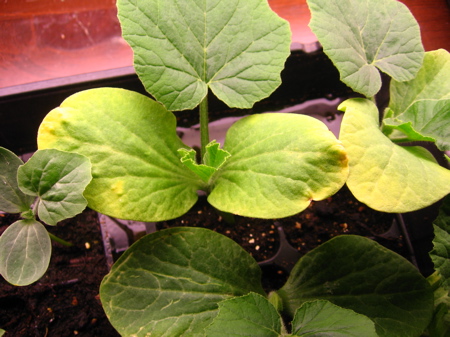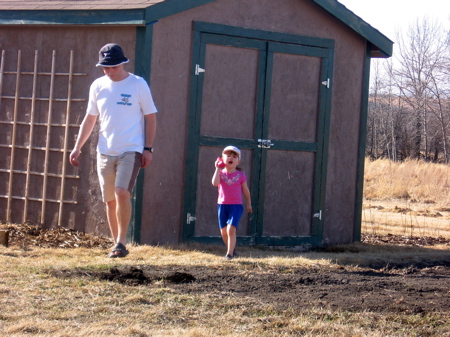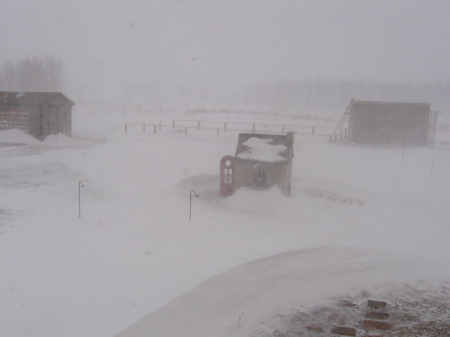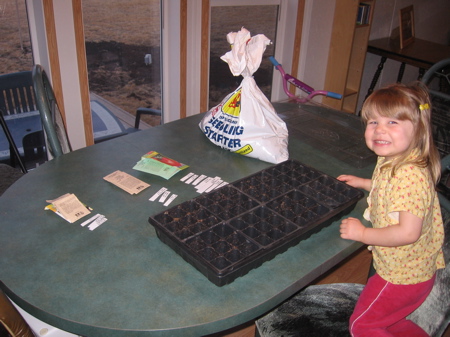Hello. My name is Dave and I’m a locavore. I’ve actually been a locavore for years, but I’ve only just come to realize it. Now in case you aren’t too sure just what a locavore is, read what Wikipedia has to say about it:
A locavore is someone who eats food grown or produced locally or within a certain radius such as 50, 100, or 150 miles. The locavore movement encourages consumers to buy from farmers’ markets or even to produce their own food, with the argument that fresh, local products are more nutritious and taste better. Local grown food is an environmentally friendly means of obtaining food, since supermarkets that import their food use more fossil fuels and non-renewable resources.
Through out my life, the majority of my food has come from within 50 miles of where I live. Well, actually, more like 50 feet. Growing up on a farm with cows, pigs, chickens, and a large garden – most of our food was home-grown. So even without realizing it, my family and I were all locavores!
Now I realize that not everyone has the luxury of living in the country, and it may be a little harder for you to live off the fruits of your labours – but I think anyone can (any anyone should) be a locavore. It just makes sense. So here are just a few ideas of how you can be a locavore too.
To a certain extent, you can grow your own food. Perhaps not everything or even a large percentage of your food can be grown at home, but you can do something. Even if you have a small yard, you could plant a small Square Foot Garden and perhaps a fruit tree or two. If you live in an apartment with just a balcony, you can still have a variety of container grown plants like strawberries, herbs, carrots, or a multitude of other things. If you’ve never tried it, I guarantee you that home-grown food always tastes better!
Another way to eat local is to shop at your local Farmer’s Market. Alberta has a fantastic selection of Farmer’s Markets. From big cities to small towns, you can find fresh, locally grown produce all over the province. Not only do you support your local farmers, but you also end up with a superior product.
And one other option that you’ll certainly want to explore is your local u-pick farm. I am a big fan of being able to pick what I eat right off the tree/vine/bush. U-pick’s are a great place to take the family out for a leisurely afternoon to enjoy quality time together as well as to enjoy great tasting, locally-grown food.
So why not become a locavore? It’s easy, it’s tasty, and it’s even good for the environment!
